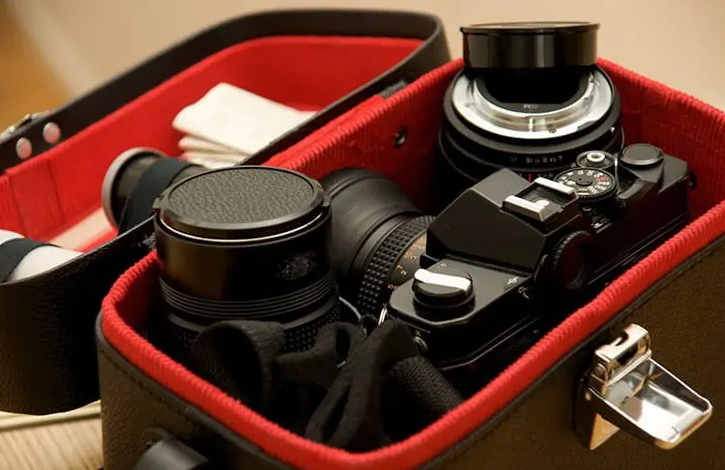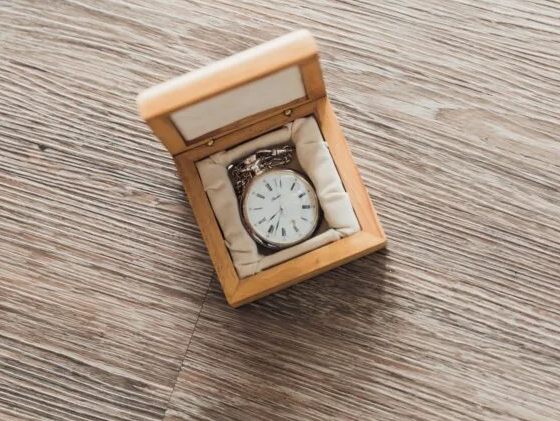Hard suitcases can crack, but their vulnerability largely depends on factors like material quality, construction techniques, and external conditions like airport handling.
Table of Contents
Factors That Affect Durability
Understanding the durability of hard suitcases is crucial for travelers who frequently find themselves on the move. Several factors contribute to how well a suitcase withstands the tests of time, travel, and rough handling.

Material Quality
When it comes to durability, the type of material used in the construction of the suitcase is perhaps the most critical factor. Here are some commonly used materials:
- Polycarbonate: Known for being lightweight and highly resistant to impact. However, its quality can vary, affecting its long-term durability.
- ABS Plastic: Generally less expensive but also less durable than polycarbonate. It tends to be brittle and may crack under pressure.
- Aluminum: Offers the best in terms of durability but tends to be heavy and expensive.
Different materials come with their own sets of pros and cons, which can affect the lifespan of your hard suitcase. For in-depth insights, you can visit the Wikipedia page on Polycarbonate to learn about the material’s properties.
Construction Techniques
Another pivotal factor in determining the durability of hard suitcases is the construction method used. Factors to consider include:
- Seam Construction: Poorly constructed seams can lead to the case falling apart. Look for double or reinforced stitching for better durability.
- Zippers vs. Latches: Zippers are generally less durable than latches but are more convenient. High-quality zippers can somewhat mitigate this issue.
- Wheel Quality: Spinner wheels might be convenient but are often less durable than inline wheels.
You can compare different construction techniques and their durability by referring to Wikipedia’s luggage page.
External Factors
While material and construction are under the control of manufacturers, external factors are variables that can affect the durability of your hard suitcase. These include:
- Handling: Rough handling by airport staff can drastically reduce the lifespan of your suitcase.
- Environmental Conditions: Extreme temperatures can make some materials more prone to cracking.
- Frequency of Use: More frequent use can naturally lead to quicker wear and tear.
External factors are somewhat out of your control, but awareness can help you take preventative measures. Check out Wikipedia’s page on airport ground operations for more information on how handling can affect your luggage’s durability.
Common Causes of Cracking
Durability is a concern for many travelers, and while hard suitcases can offer several advantages, they are not immune to wear and tear. This section explores the common factors that can lead to cracking, helping you understand how best to protect your investment.
Airport Handling
A common scene at many airports is luggage being thrown or stacked in a way that can cause significant damage. Hard suitcases often endure the brunt of this treatment, particularly during the loading and unloading process. The impact can be harsh enough to cause cracks or even outright breaks in the case, especially at weak points like corners or seams. You can read more about the mechanics of luggage handling on the Wikipedia page dedicated to airport ground operations.
Temperature Extremes
Extreme temperatures, both hot and cold, can affect the structural integrity of hard suitcases. For example, a suitcase left in a hot car trunk can become more susceptible to cracking due to the material expanding and contracting. Cold weather can make materials brittle, also increasing the likelihood of cracking. Understanding the effects of temperature on materials can help you better prepare for these environmental factors.
Overpacking
Filling your suitcase to the brim might seem like a good way to make the most of the space, but it also puts tremendous pressure on the material and seams. When you overpack, you stretch the material and weaken its structural integrity, making it more prone to cracking under any additional strain, such as during airport handling. To get a better idea of the ideal packing methods and capacity, visit Wikipedia’s page on baggage.
Wear and Tear Over Time
Regular use of your hard suitcase will inevitably result in some wear and tear. As the material undergoes repeated stress from travel, handling, and environmental factors, it can weaken over time and become more susceptible to cracking. Even the best materials and construction techniques are not immune to the toll taken by frequent use. For an overview of material fatigue, you can refer to the Wikipedia article on the subject.
Tests and Studies
Determining the durability of hard suitcases is an ongoing area of research and scrutiny. Various types of tests and studies provide a clearer picture of what travelers can expect from their luggage. This section will delve into lab tests, real-world tests, and user reviews to better assess how hard suitcases hold up in different conditions.
Lab Tests
Laboratories conduct various tests to simulate conditions that luggage might encounter. These tests include:
- Impact Testing: This evaluates how a suitcase withstands blows and falls, often by using a weight or pendulum.
- Zipper Durability: Repeatedly opening and closing the zipper to measure its lifespan.
- Wheel Performance: Testing the durability and functionality of wheels under weighted conditions.
Lab results offer scientific insights into material and construction quality. If you’re interested in understanding testing standards, you can consult Wikipedia’s page on product testing.

Real-World Tests
While lab tests are useful, they can’t fully simulate the diverse range of conditions your luggage will face in the real world. Some of the real-world tests include:
- Airport Simulation: Carrying out scenarios that mimic the baggage handling process at airports.
- Travel Experience: A prolonged journey with multiple modes of transportation to assess wear and tear.
- Temperature Tests: Exposing the luggage to extreme temperature conditions, similar to being stored in the hold of a plane or left in a car.
Real-world tests give a more practical sense of how hard suitcases fare during actual use. For more insights on how real-world conditions can affect materials, you can check the Wikipedia page on environmental stress screening.
User Reviews
Although not as controlled as lab or real-world tests, user reviews offer firsthand accounts of durability and can help identify any common issues. Websites and forums where travelers share their experiences are valuable resources. Reviews can give you a sense of:
- Longevity: How long the suitcase lasted before showing signs of wear or cracking.
- Handling Issues: Any problems faced during airport handling.
- Ease of Use: Including maneuverability, storage, and overall convenience.
To understand the role of consumer reviews in assessing product quality, you can refer to Wikipedia’s article on review sites.
Brands and Durability
When selecting a hard suitcase, brand reputation often plays a significant role in your decision. After all, you want to trust that the suitcase you’re investing in will stand the test of time and the rigors of travel. This section breaks down the relationship between brands and durability, discussing top brands to consider, those to avoid, and the importance of warranties and customer service.
Top Brands for Durability
Several brands have established a reputation for producing durable hard suitcases. Some of these brands include:
- Samsonite: Known for high-quality materials and excellent craftsmanship. Their polycarbonate suitcases are particularly well-regarded.
- Rimowa: A premium brand specializing in aluminum suitcases, offering top-of-the-line durability but at a higher price point.
- Tumi: Offers a range of hard suitcases with unique, patented materials that are engineered for durability and lightness.
To see how these brands compare in the larger context of luggage manufacturers, you can refer to Wikipedia’s list of luggage brands.
Brands to Avoid
Not all brands are created equal, and some may offer products that are prone to cracking or other forms of wear and tear. Generally, off-brand or no-name suitcases might offer an attractive initial price point but may lack in quality and durability. While it’s not advisable to judge solely by brand name, doing your due diligence can prevent a regretful purchase.
For more information on how brand perception can influence consumer choices, check out the Wikipedia page on brand.

Warranty and Customer Service
A brand’s warranty policy and customer service are also indicators of durability and trustworthiness. Look for:
- Extended Warranty: A long warranty period indicates the brand’s confidence in its product’s durability.
- Customer Support: Availability of customer service, both online and offline, to assist with any issues that arise.
- Repair Services: Some top brands offer free or discounted repair services for issues like broken zippers or wheels.
Warranties can be a complicated topic, so for a better understanding, you may want to read the Wikipedia article on warranties.
What is the average lifespan of a hard suitcase made from polycarbonate?
How much more expensive is an aluminum suitcase compared to a polycarbonate one?
What is the efficiency of zipper durability tests in labs?
How much does temperature affect the durability of hard suitcases?
What are the additional costs involved in repairing a cracked suitcase?
What are the dimensions and specifications I should look for in a durable hard suitcase?
What is the average time it takes to get a suitcase repaired under warranty?
What are the pros and cons of using aluminum as a material for hard suitcases?
- Extremely durable: Can last upwards of 15 years with proper care.
- Secure: Often equipped with advanced locking mechanisms.
- Heavy: Aluminum suitcases can weigh up to 15 pounds when empty.
- Expensive: Prices can start from $600 and go up, depending on the brand and features.






